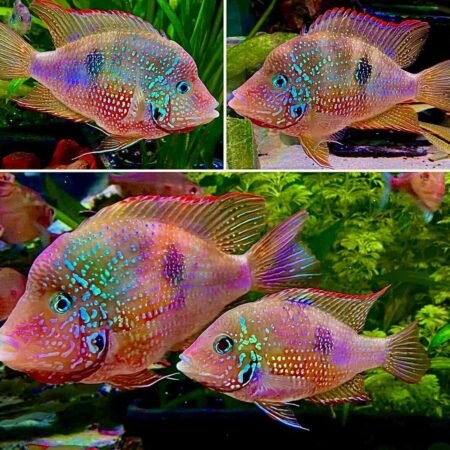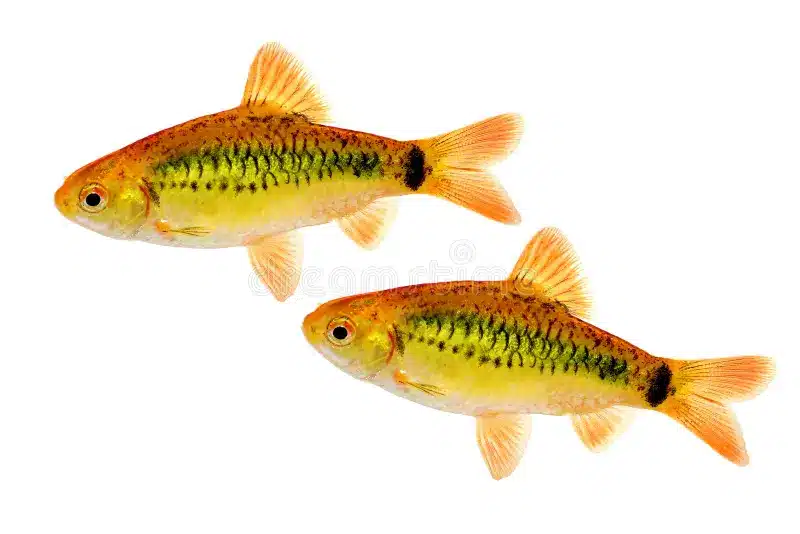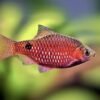-
×
-
×
-
×
-
×
-
×
-
×
Subtotal: £223.55




















Emily Carter (verified owner) –
I recently added 6 Golden Barbs (Pethia gelius) to my 55-gallon aquarium, and I couldn’t be happier! These vibrant freshwater fish have truly brightened up my tank. After about two weeks, they’ve settled in beautifully – swimming together in a small school and showing off their bright golds and reds. I love how they interact with one another, and it’s comforting to see them enjoying their environment. Compared to other barbs I’ve kept, such as Tiger Barbs, Golden Barbs are much less nippy and more peaceful, which I appreciate as a caring fish parent.
Their hardiness is a significant plus, as they seem to adapt well to varying water conditions. I did a minor acclimation process when I introduced them, and it paid off! Just a quick tip for fellow aquarists: ensure your water parameters are stable, and these beauties will thrive. I highly recommend Golden Barbs for anyone looking to add some lively and colorful tropical fish to their freshwater setup. I’m now a dedicated fan and plan to get more soon!
Emily Taylor (verified owner) –
I recently added 6 Golden Barbs to my freshwater aquarium, and I couldn’t be happier! These fish are not only stunning with their vibrant gold and subtle iridescent hues, but they are also incredibly hardy, which is perfect for my somewhat beginner-friendly setup. After about two weeks in their new home, they’ve settled in beautifully and have become the star attraction of the tank.
Compared to my previous fish, these Golden Barbs are much more active and social, often schooling together and creating such a lively atmosphere. I’ve noticed they’re also quite tolerant, adjusting well to the water conditions I have.
My only minor concern was that they can be a bit nippy with smaller fish, so I’d recommend keeping them with species that can hold their own. Overall, I highly recommend Golden Barbs to anyone looking to enhance their tropical fish experience. They bring such joy and movement to the aquarium. Plus, they’re excellent for beginners and seasoned aquarists alike! I ordered them from a reputable breeder, and they arrived healthy and promptly. Would definitely buy again!